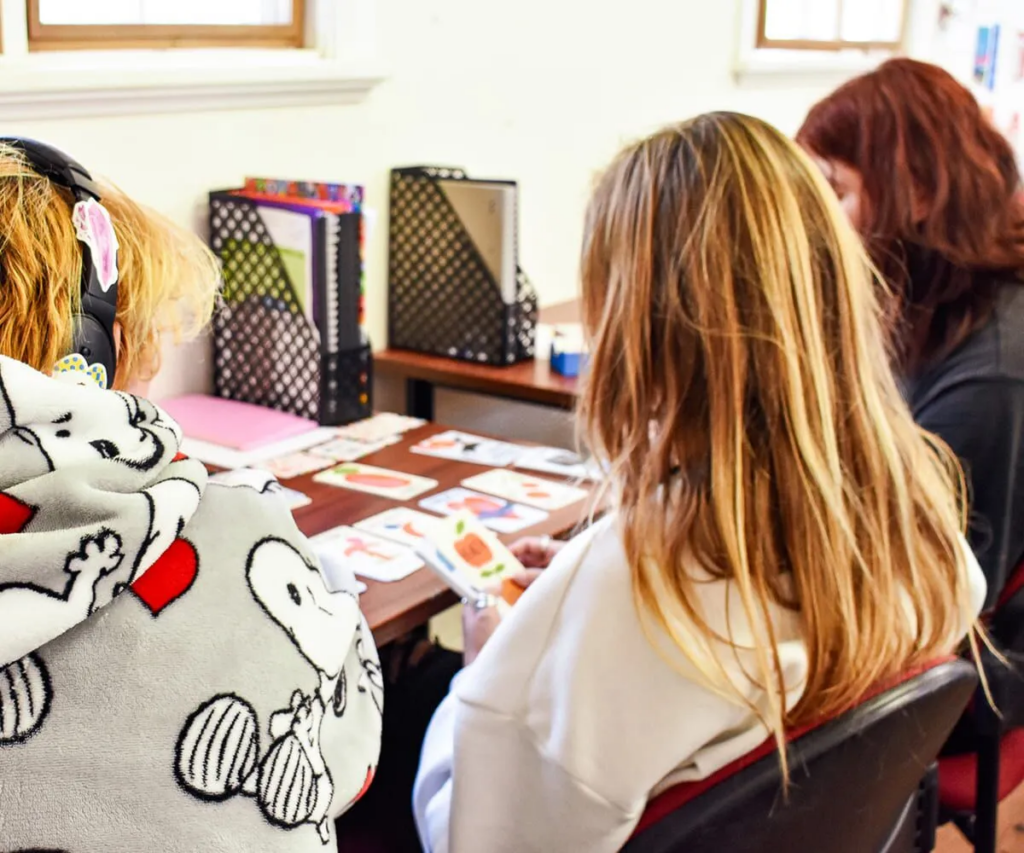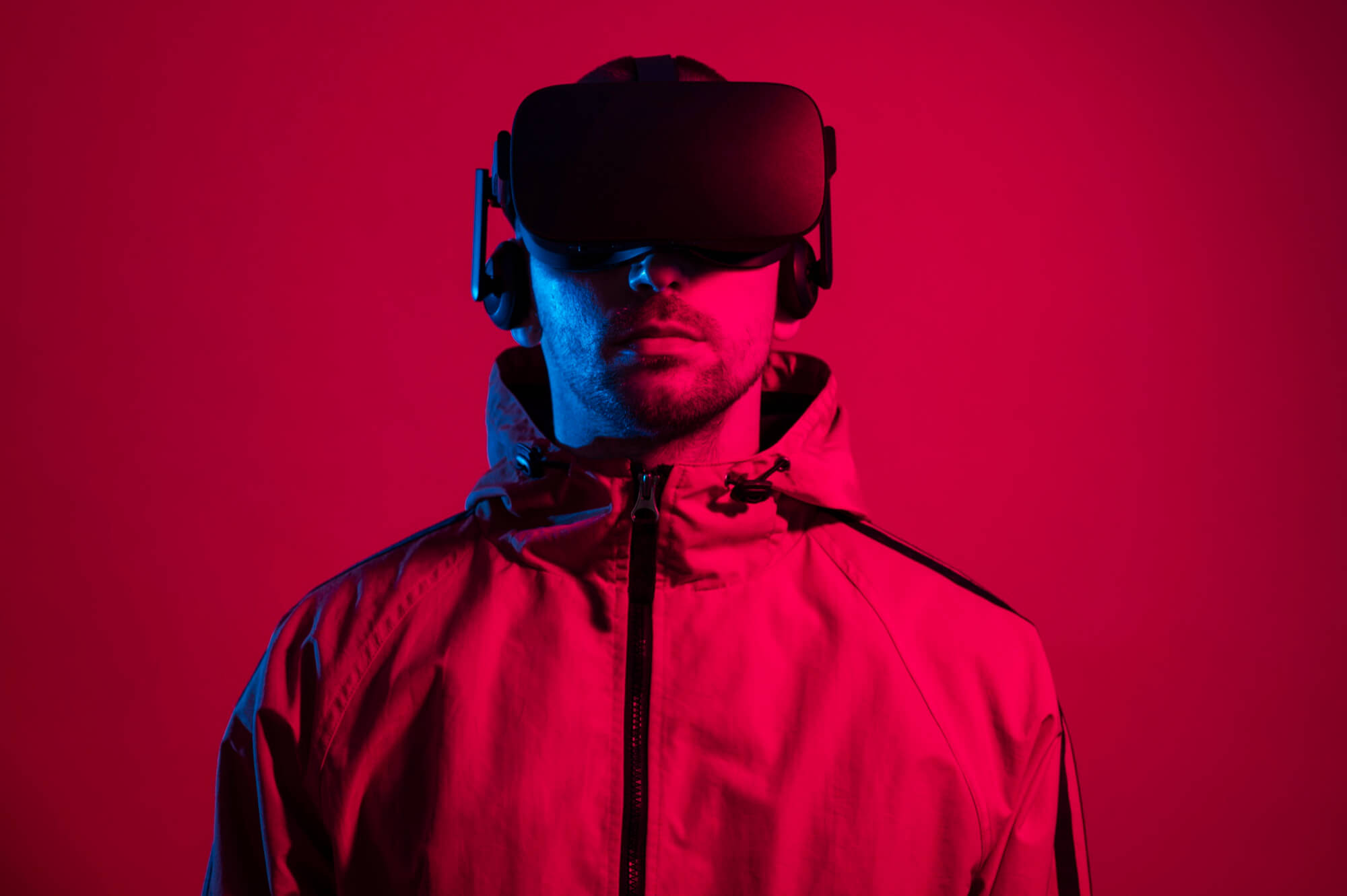
External classrooms are becoming more than just a nice-to-have. They’re now a core part of how some schools deliver meaningful learning experiences. When done right, an external classroom gives students a hands-on, real-world setting that complements the academic learning they do indoors.
But what makes for a “good” external classroom? It’s not just about having a patch of grass and calling it a day. For schools to get the most out of these spaces, they need to be well-thought-out, purpose-built, and aligned with student learning goals.
Purpose Beyond the Classroom Walls
External classrooms aren’t just about escaping four walls. They’re about creating environments where students feel safe, curious, and engaged. A good outdoor learning space encourages exploration and problem-solving and often suits kids who may not thrive in traditional settings.
The best external classrooms offer purpose. They aren’t random outdoor spaces – they’re intentionally designed to support specific learning objectives. That could mean science experiments at a creek, group discussions in an outdoor shelter, or a bushland walk that brings Indigenous perspectives into focus.

Designed for Learning, Not Just Recreation
A common misconception is that external classrooms are just “playgrounds with a purpose.” But while movement and activity are certainly part of the equation, they’re not the whole picture. A quality outdoor learning space should be designed with structured, intentional education in mind.
That means:
- Natural seating arrangements for group work and reflection
- Sheltered areas to allow learning to continue in all weather
- Spaces that lend themselves to scientific inquiry, creative expression, or physical challenge
- Room for collaboration and solo work
You’re not just taking students outside. You’re crafting a learning environment that supports the curriculum in a different way.
Flexible Space for Flexible Learning
Not every student learns the same way. External classrooms give educators the flexibility to meet a variety of learning styles. Some kids engage better when they’re physically moving. Others benefit from the calm that comes with natural surroundings. The right external classroom allows teachers to adapt lessons on the fly – something that’s often harder to do indoors.
A Focus on Wellbeing and Behaviour
It’s not just about what students learn – it’s how they feel when they’re learning. External classrooms often improve student engagement, reduce anxiety, and even lower disruptive behaviours. For many students, especially those who’ve struggled in mainstream schooling, these outdoor settings offer a reset button.
Ties to Real-World Skills
One of the biggest advantages of an external classroom is the ability to tie learning to real-world situations. It’s one thing to talk about sustainability in a textbook – it’s another to plant a veggie garden, monitor the compost, or manage water collection systems.
The same goes for leadership, communication, and problem-solving. These are best learned through doing, not just reading. Outdoor settings provide the chance to develop these skills in a low-pressure, hands-on environment.
Vocational pathways also benefit from this approach. Whether it’s land care, hospitality, or construction, external learning environments offer early exposure to real-world contexts that are hard to replicate in a standard classroom.
Connection to Culture and Country
For schools that serve diverse student populations, especially Indigenous students, external classrooms offer the chance to connect with culture and Country. Outdoor learning doesn’t have to be separate from the curriculum – it can be a way to deepen cultural understanding and respect.
This might look like:
- Storytelling in bush settings
- Lessons around native plants and traditional uses
- Acknowledging Country not just as a formality but as part of the learning process
Good external classrooms allow students to learn on Country, with Country, and from Country – an important part of inclusive education.
Safety and Accessibility
No matter how inspiring a space is, it has to be safe. Safety doesn’t mean stripping away all challenges – it means creating environments where students can explore risk in managed ways. This helps them build confidence, assess danger, and take ownership of their actions.
A good external classroom also needs to be accessible. That means:
- Paths and surfaces suitable for all abilities
- Clear signage and instructions
- Structures built to withstand weather
- Supervision points that allow staff to monitor effectively
You don’t want the logistics of the space getting in the way of the learning.
Staff Support and Training
Even the best outdoor space won’t deliver results if staff don’t know how to use it well. A strong external classroom program includes training for teachers and education assistants. They need to feel confident delivering lessons outdoors and managing student behaviour in less controlled settings.
This doesn’t mean every teacher needs to be a bushcraft expert. But it does mean having the right mindset, knowing how to adjust lessons, and being comfortable with unpredictability. Schools that invest in this type of training tend to get more out of their external learning programs.

Integration, Not Isolation
External learning works best when it’s not just an occasional activity. It should be integrated into the broader learning approach. This doesn’t mean ditching textbooks or forgetting about assessments – it means using outdoor experiences to deepen, reinforce, or contextualise what’s being taught indoors.
For example:
- Science lessons supported by nature walks and data collection
- English units paired with outdoor storytelling and journaling
- Maths concepts applied to building projects or mapping exercises
The more external classrooms are woven into everyday practice, the more effective they become.
Final Thoughts
An external classroom is more than just a place to take students when the weather’s nice. It’s a critical piece of a modern, flexible education model that supports different learning styles, strengthens student wellbeing, and prepares young people for real-world success.
When designed and used with purpose, these spaces can transform how students engage with school. At organisations like Fairbridge Education, this is more than a theory – it’s a daily reality.





